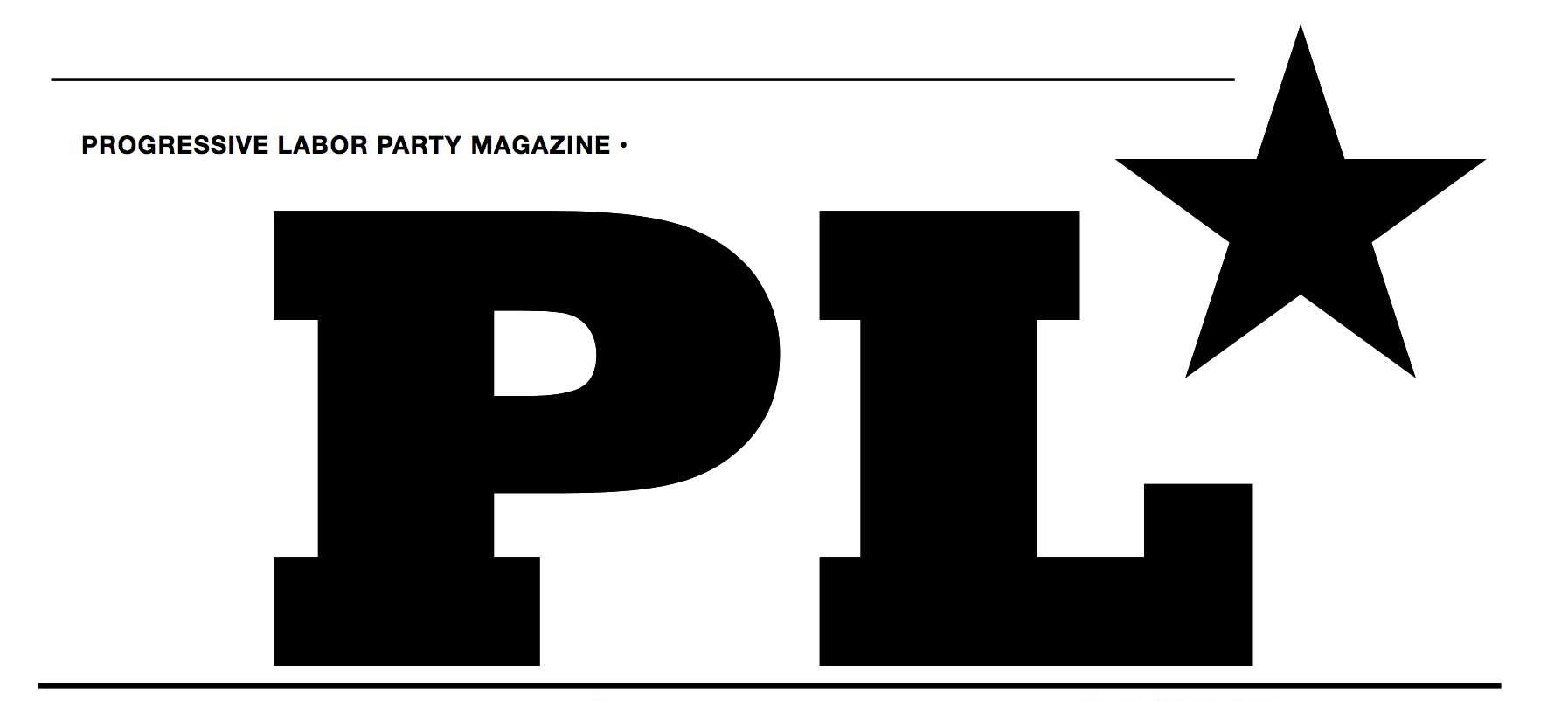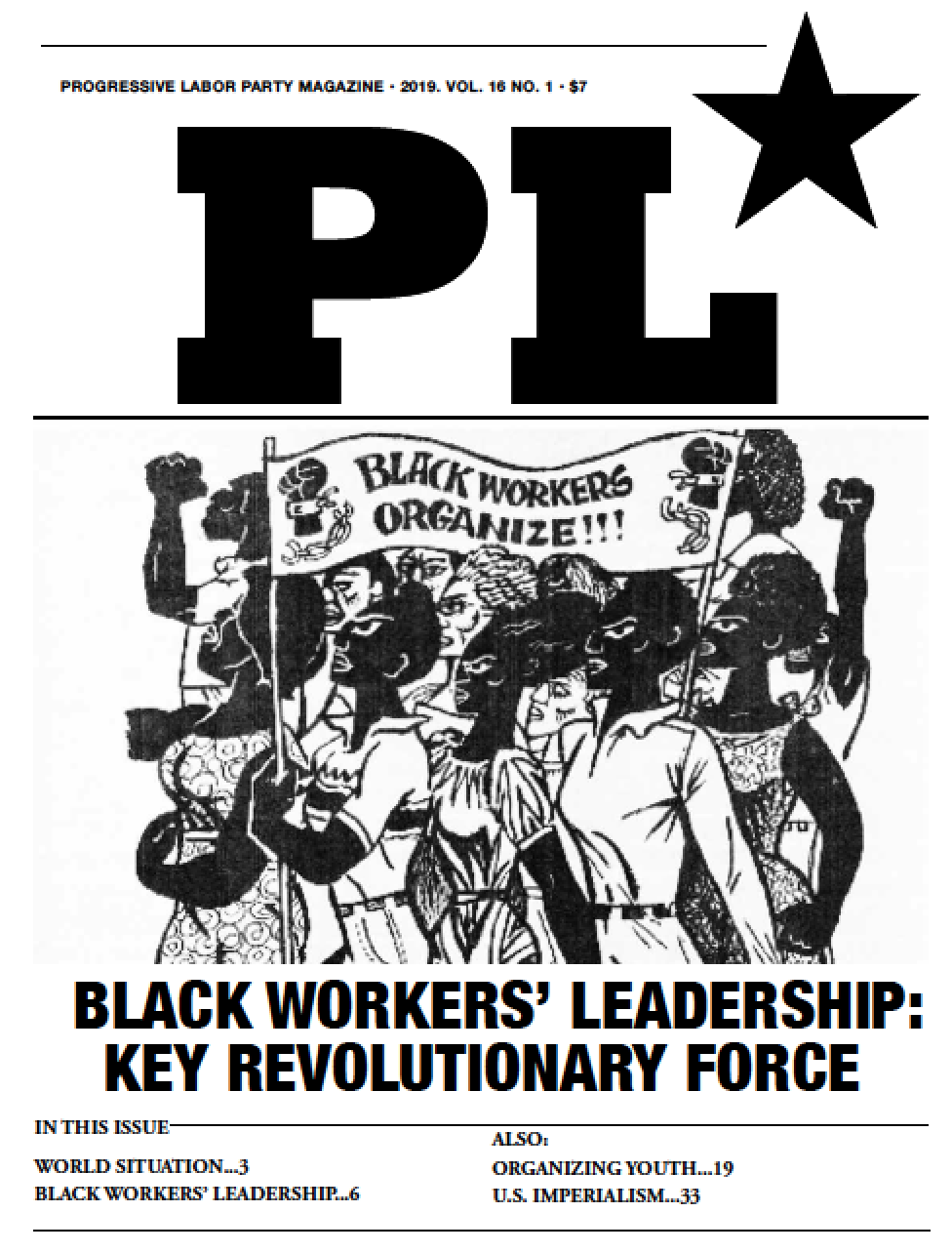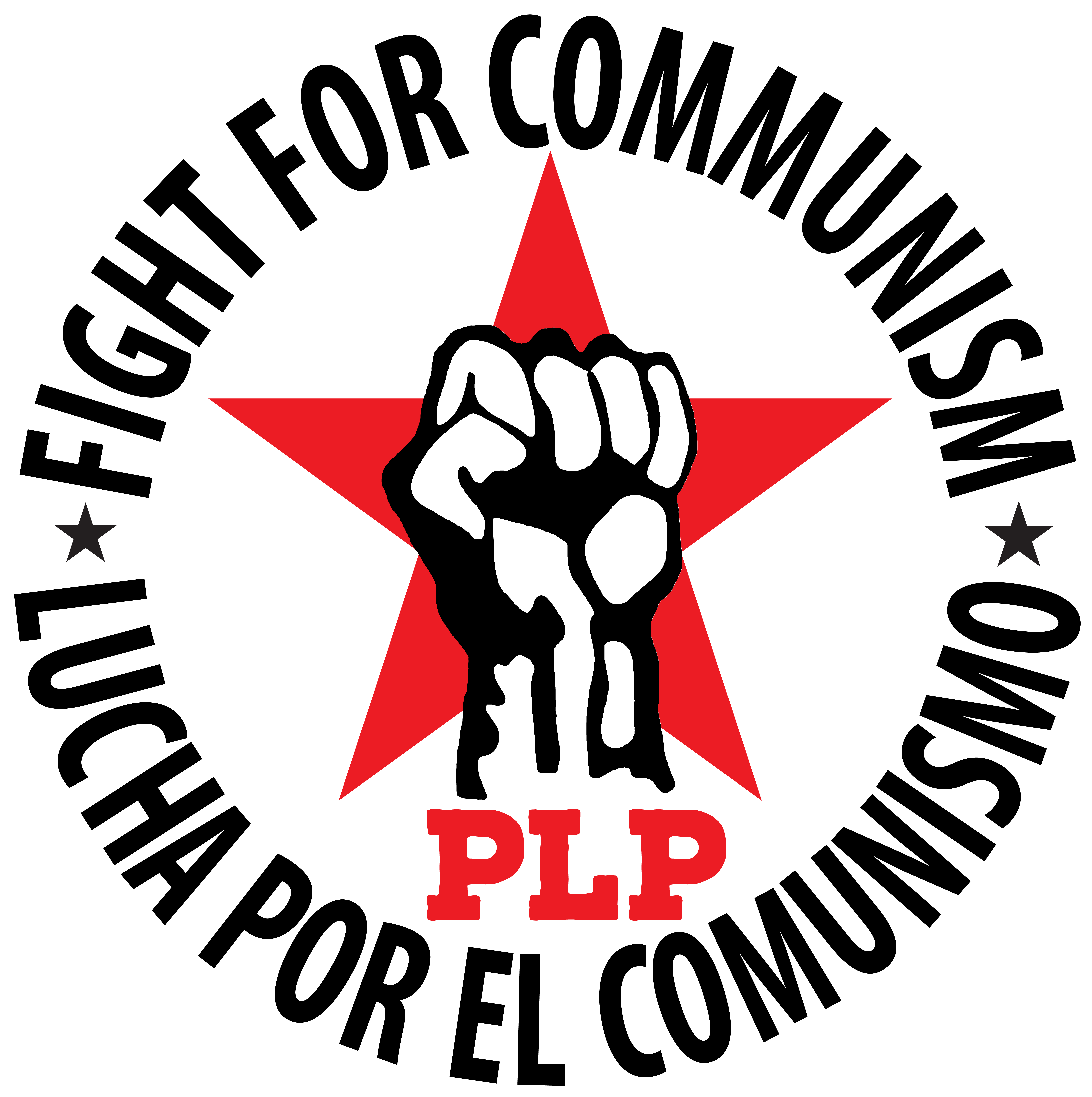Soviet and Chinese communes, a GLIMPSE OF COMMUNIST COLLECTIVISM
 Friday, December 18, 2020 at 5:49PM
Friday, December 18, 2020 at 5:49PM Under capitalism profit comes before all and at the expense of workers’ lives. During a global pandemic that has left many workers unemployed and starving, the bosses and their mouth pieces are working overtime to hide their present day agricultural atrocities.
Progressive Labor Party (PLP) however, wants to remind workers that with communist revolution we will bring back the collectivization of agriculture - a practice that ensures sufficient production to feed the entire working class.
Proletariat over profits
“Collectivization, [was a] policy adopted by the Soviet government, pursued most intensively between 1929 and 1933, to transform traditional agriculture in the Soviet Union and to reduce the economic power of [land owners]...” (Britannica 12/20). Workers were asked to forgo individual property ownership and collectivize their farms.
With the dictatorship of the proletariat in the Union of Soviet Socialist Republics (USSR) and China, agricultural collectivization meant ending massive famines that, over centuries, had killed millions of workers due to starvation.
Politics, not profit, were primary. The aim was to structure society, in this case the production of food, a basic human need, in a way that benefited all members of the working class. Many farmers who considered themselves members of what Karl Marx called the petite bourgeoisie (small business owners) needed to be won to the idea of taking leadership from politically-conscious poor peasants and put the promotion of egalitarian communism first. Maximum production can only be attained when farm workers are inspired by a commitment to help each other.
Russian reforms end legacy of famines
Famine has struck Russia hundreds of times during the past millennium. 1917 saw a serious crop failure causing an urban famine in 1917-18. In the 1920s the USSR had a series of famines: in 1920-1923 in the Volga and Ukraine, plus one in western Siberia in 1923; in the Volga and Ukraine again in 1924-25, and a serious although little-studied famine in Ukraine in 1928-1929. This history is essential in understanding the famine of 1932-1933 and the response of the Soviet government.
Soviet collectivization of agriculture was a reform — but a significant improvement, none-the-less, in the security and lives of the peasant population and therefore of the entire population. It was not undertaken to “tax” or “exploit” the peasants or to extract value from the countryside. On the contrary: during the decade 1929-1939 the Soviet government spent tens of billions of rubles on agriculture.
At the time, Joseph Stalin and the Bolsheviks viewed collectivization as the only way to swiftly modernize agriculture, to put an end to the wasteful and labor-consuming cultivation of individual land holdings.
As with many reform struggles, there was fightback from land-owners who were blind to the failings of capitalism. Many peasants, however, actively supported collectivization. This number increased when local organizers were sharp enough to explain that smashing a profit system that benefited only the bosses was in all workers’ interest.
When another famine occurred there was no choice but to redistribute food and resources. Mark Tauger, an agricultural historian, writes:
This evidence shows, in particular, that collectivisation allowed the mobilisation and distribution of resources, like tractors, seed aid, and food relief, to enable farmers to produce a large harvest during a serious famine, which was unprecedented in Russian history and almost so in Soviet history… this research shows that collectivisation … did in fact function as a means to modernise and aid Soviet agriculture.
Soviet collective farms remained until the end of the USSR in 1991. But like many reforms, they did not develop more egalitarian practices or an advance towards a classless society and were eventually reversed. Land owners kept private plots for individual farming. These became important sources of private income.
Without class consciousness China’s communes fail
China too was a “land of famine,” with devastating natural disasters every few years,
compounded by feudal and capitalist governments who cared nothing for the workers’ lives. In liberated areas and after the victory of the communist revolution (1949) the Chinese Communist Party instituted land reform, which created a small peasant economy without landlord exploitation. In the mid 1950s the Rural People’s Commune movement began. Within a few years all agriculture had been collectivized into communes.
A class analysis is needed to understand the communes – why they succeeded, and why they were eventually abolished. Working class farmers were the backbone of the communes. Middle peasants – the petite bourgeoisie – those with some land, tools, animals, etc., were often ambivalent.
The basic political question was whether production and profit would win out over communist politics. At the basic level the communes (collective farms) awarded work points and points for a peasant family’s contribution of tools, animals, etc., to the collective. The goal was to move towards a more egalitarian system of production, one not based on profit. This was gradually rolled out in most communes, with the support of many peasants and, in the leadership, revolutionaries around Mao Zedong.
Reforms lead to party splits
While many party leaders claimed to view the communist movement as the best vehicle for liberating China from imperialist domination they saw the founding principle – “from each according to his ability, to each according to his need” – as secondary, attainable only after a long historical period, if at all.
In 1958-61 there was a serious famine and reformist members (members who wanted to retain aspects of capitalism) in the Party leadership blamed the communes for not reserving enough of their production. The communes were accused of allowing over-consumption so that there was not enough food during the famine. Reformist members immediately pushed for dismantling the more egalitarian aspects of the communes and for material incentives based on production.
Poor peasants, plus the revolutionary forces around Mao, were the key force supporting the more egalitarian policies in the communes. In the end, however, they were no match for those in the Party who wanted to abolish the communes and revoke the once won reforms.
A vision of communist collectivism
The communes provided not only food but education, health care, and infrastructure work. While they could certainly have done much better if they had had the support of the Party leadership on all levels, at their peak they provided schools for what workers’ lives post revolution might look like.
As we continue to fight for communism, even during the darkest of nights, PLP remembers that it is only with worker-led, communist revolution that we will smash the chains of capitalism that are built to kill our class.
Sources: Zhun Xu, From Commune to Capitalism. How China’s Peasants Lost Collective Farming and Gained Urban Poverty (2018); Grover Furr, Blood Lies Chapters 2 & 3 (2014); PLP, “The Great Proletarian Cultural Revolution & the Reversal of Worker's Power in China.” PL Magazine vol. 8 no. 3 Nov. 1971;. Maurice Meisner, Mao’s China and After. A History of the People’s Republic. 3rd edition, 1999.





 Progressive Labor Party (PLP) fights to destroy capitalism and the dictatorship of the capitalist class. We organize workers, soldiers and youth into a revolutionary movement for communism.
Progressive Labor Party (PLP) fights to destroy capitalism and the dictatorship of the capitalist class. We organize workers, soldiers and youth into a revolutionary movement for communism.




Reader Comments